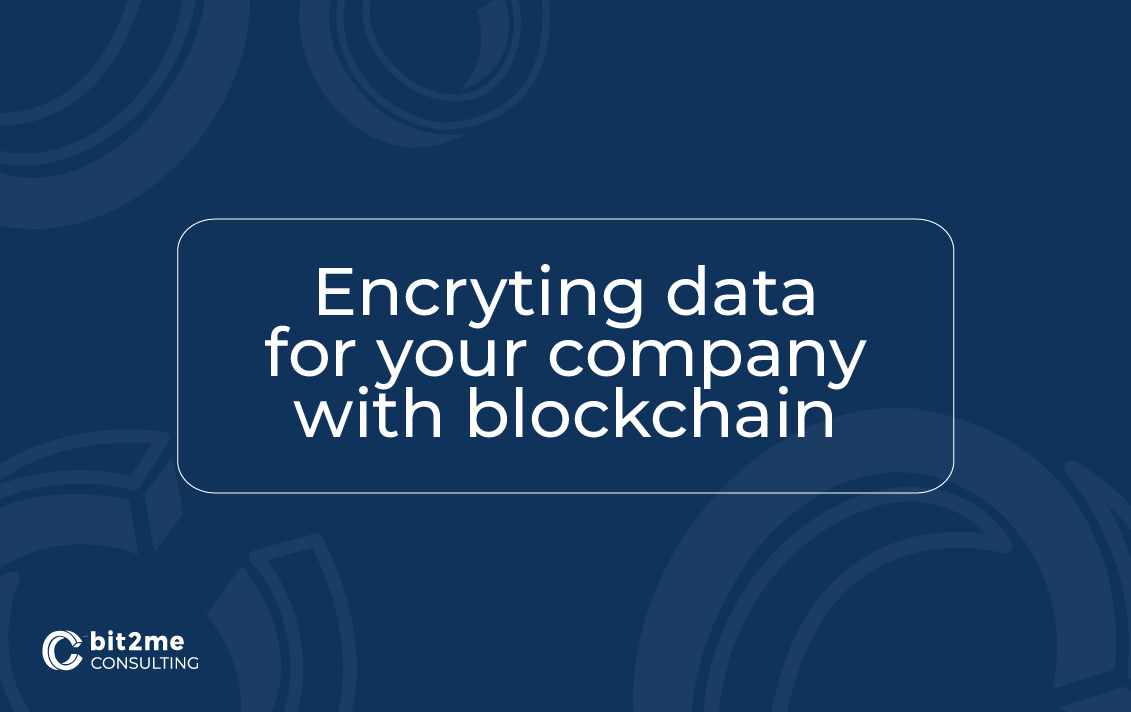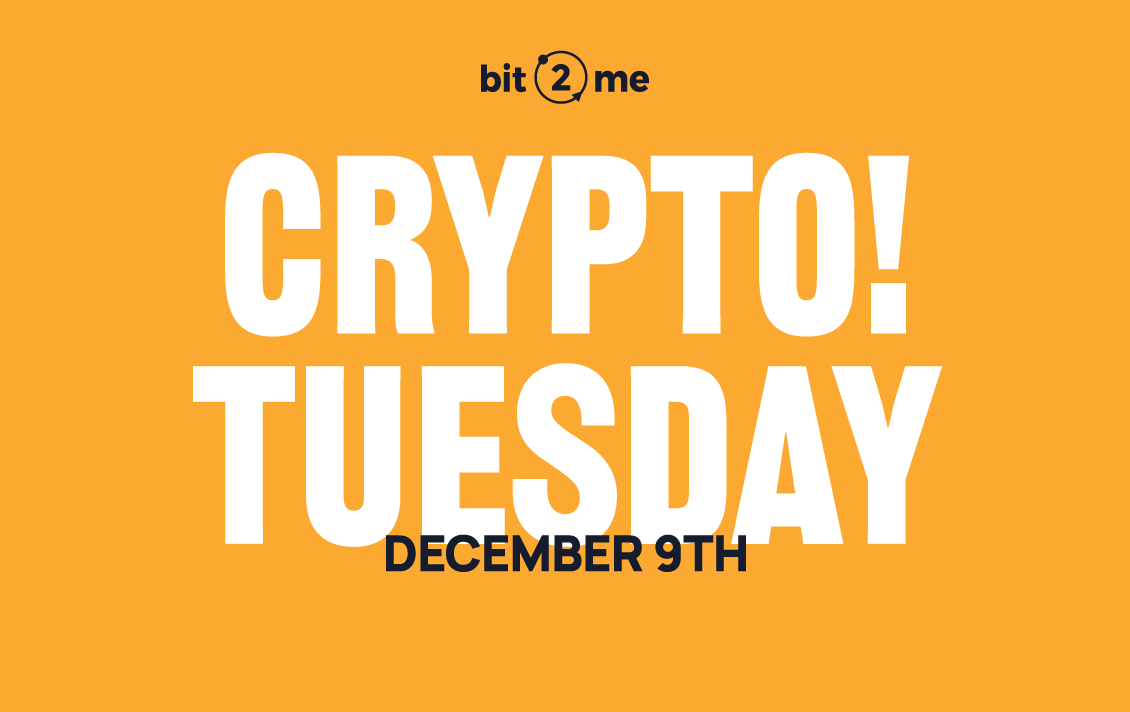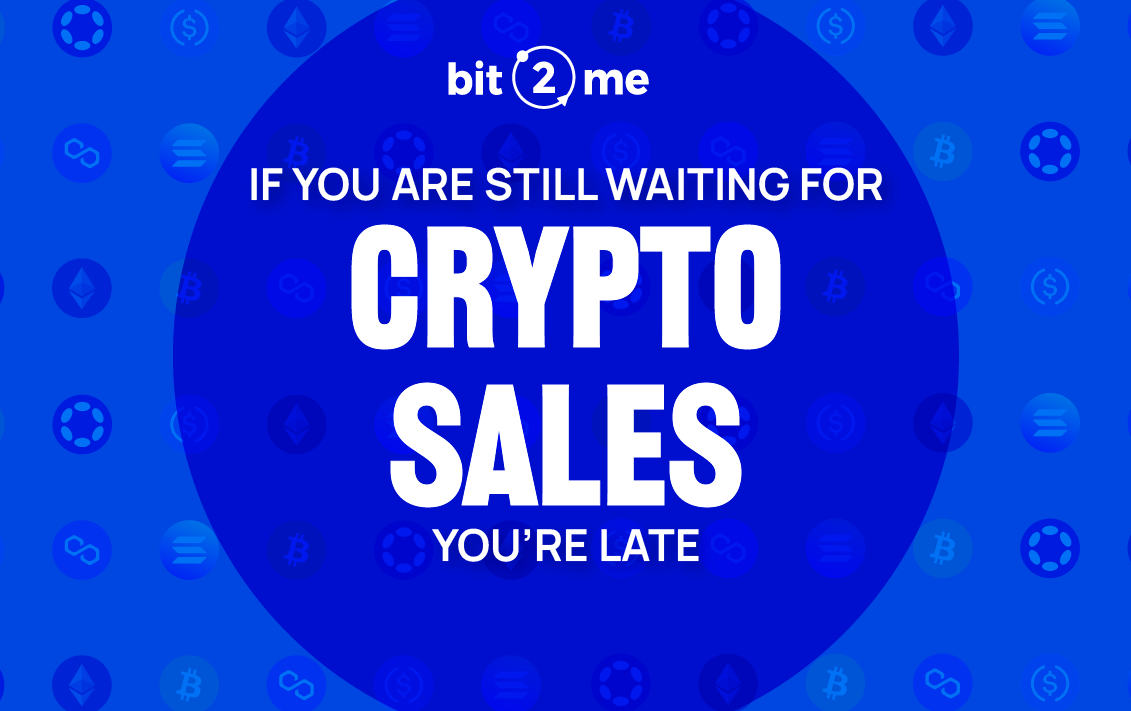The blockchain is like a superpower for the companies that use it. Not only is it a disruptive technological element, but it offers a whole series of advantages to those companies that have started to use it in their day-to-day business.
The blockchain offers a secure, immediate and very inexpensive payment gateway. But most importantly, it is an extremely secure medium, as it uses cryptographic systems that make it an ideal mechanism for the transmission of information and data.
Today, the blockchain is used in almost all sectors of society: from banking to healthcare, from land registries to supply chain management.
Blockchain security
A blockchain, as the name suggests, is a chain of digital blocks containing transaction records. Each block is connected to all previous and subsequent blocks, which makes it difficult to manipulate a single record, as a malicious actor would be forced to change not only the target block, but also all linked blocks if he wants to avoid detection.
In addition, the blocks are protected by cryptographic keys. All network participants have their own private keys that are assigned to the transactions they perform and act as a personal digital signature.
If a record is altered, the signature is no longer valid and the peer-to-peer network will immediately know that something has happened. In this case, early notification is key to avoid further damage.
On the other hand, blockchains are decentralised and distributed in peer-to-peer networks that are regularly updated and kept in sync. Because they are not in a single location, blockchain networks have no single point of failure and cannot be modified from a single computer.
Enormous amounts of computing power are needed to access all instances (or at least a majority of 51%) of a given blockchain and alter them all at the same time. In this sense, the larger the network, the more miners or validation nodes there are working at the same time, the more resistant to manipulation and the more secure it is.
Public and private Blockchains
There are currently two types of blockchain: public and private.
Public blockchains use computers connected to a public network to validate transactions and aggregate blocks, meaning that anyone with a computer and an internet connection can join. Private blockchains, on the other hand, only allow the participation of one organisation, as they form a private corporate network. The difference also lies in where the information circulating in the network is stored and who has access to it, as well as in credentials.
A public blockchain would not be a good option for a company, as everyone would have access to the information stored on it. In addition, the public blockchain is built on anonymity, while the private blockchain uses verified identity systems to confirm membership and login credentials for each user, so all participants know exactly who they are dealing with at any given moment.
Another important difference between public and private networks lies in the consensus mechanism. That is, the way in which transactions are verified and the way in which the true version of a block is decided.
In the case of public networks, they usually have Proof-of-Work mining mechanisms, such as Bitcoin, or by staking and validation nodes, such as Cardano's or Ethereum's Proof-of-Stake. However, private networks use "selective backing" processes, where verified users validate transactions.
The advantage of the "selective backing" system is that only users with appropriate access and permissions can maintain the transaction ledger. This method also has its problems, such as manipulation by an employee, but many of them have a highly secure infrastructure designed to prevent such activities.
Why we need the blockchain to store data?
Now that we know the types of blockchain that exist and their advantages in data management, let's take a look at why we need this technology in our companies.
Nowadays, the most common way of storing data is in the cloud. It is a widely used system and, usually, prone to misuse. Its main disadvantage is centralisation, as the information is usually stored on a central server or group of servers, managed by one company.
Another problem is the ease of access to data for malicious actors. Information in the cloud is, as a rule, vulnerable and is often not encrypted.
As we have seen, the blockchain solves the main problem, centralisation, while offering several desirable features, such as a highly secure encryption system that makes it difficult for any malicious user to access the data.
Which institutions are using blockchain?
The potential of blockchain for industry has already surpassed the start-up barrier and has been implemented in large companies around the world, including many of the biggest Wall Street firms.
Blockchain is ceasing to be a strange or abstract concept, as it has been demonstrating its potential for data transmission, transaction management and even supply chain tracking for years.
Let's take a look at some of the institutions and companies that are already using blockchain and how they are doing it.
IBM
The technology company works on the open source blockchain, Hyperledger Fabric, and helps other companies integrate blockchain into their businesses. For example, it has worked with supermarket chain Kroger to implement a blockchain system into its food handling process or with Northern Trust to use distributed ledger technology (DLT) to manage private equity deals.
Microsoft
Microsoft has worked with shipping company Maersk and accounting firm EY to design the first maritime insurance platform on blockchain. It has also used blockchain to improve the Xbox royalty payment system.
Kodak
The legendary photographic equipment company, which seemed doomed to extinction, has managed to pull itself together and revive itself thanks to the blockchain. It has its own blockchain, called KODAKOne, which uses DLT technology to protect image and video copyrights, using KODAKCoins as a token for licensing and purchasing images.
Daimler (Mercedes-Benz)
Carmaker Daimler uses blockchain for auto loans and has partnered with German banks to create a €100 million corporate loan fund. The entire process (origination, distribution, allocation and execution) is completed via blockchain.
Ford
The legendary car manufacturer uses Hyperledger Fabric to develop a system to trace raw materials from supplier to factory. The aim is to ensure that they receive an authentic product and that quality is maintained.
Central Bank of England
The Bank of England has conducted a proof of concept to identify the real potential of blockchain. Since then, the bank has been working on a future interbank payments system that will be compatible with blockchain distributed ledger settlements.
BBVA
The Spanish bank BBVA has been working with several blockchain companies for its implementation in the banking sector. The bank has also created several funds aimed at promoting the development of this technology and its implementation to improve traditional finance.
VISA
VISA has been one of the pioneers of blockchain. The firm has been working since 2016 on the development of a blockchain platform to handle business-to-business payment services.
Pfizer
Together with Biogen, Pfizer is leading the Clinical Supply Blockchain Working Group (CSBWG), which has completed a proof of concept for using blockchain to map and manage a digital inventory for pharmaceuticals.
Lufthansa
Lufthansa Industry Solutions is working on the development of the Blockchain for Aviation (BC4A) initiative, which aims to include all participants in the aircraft manufacturing industry, from logistics providers to software developers.
Want to learn more about how blockchain can help you improve the security of your company's data processes?

 Author
Author


